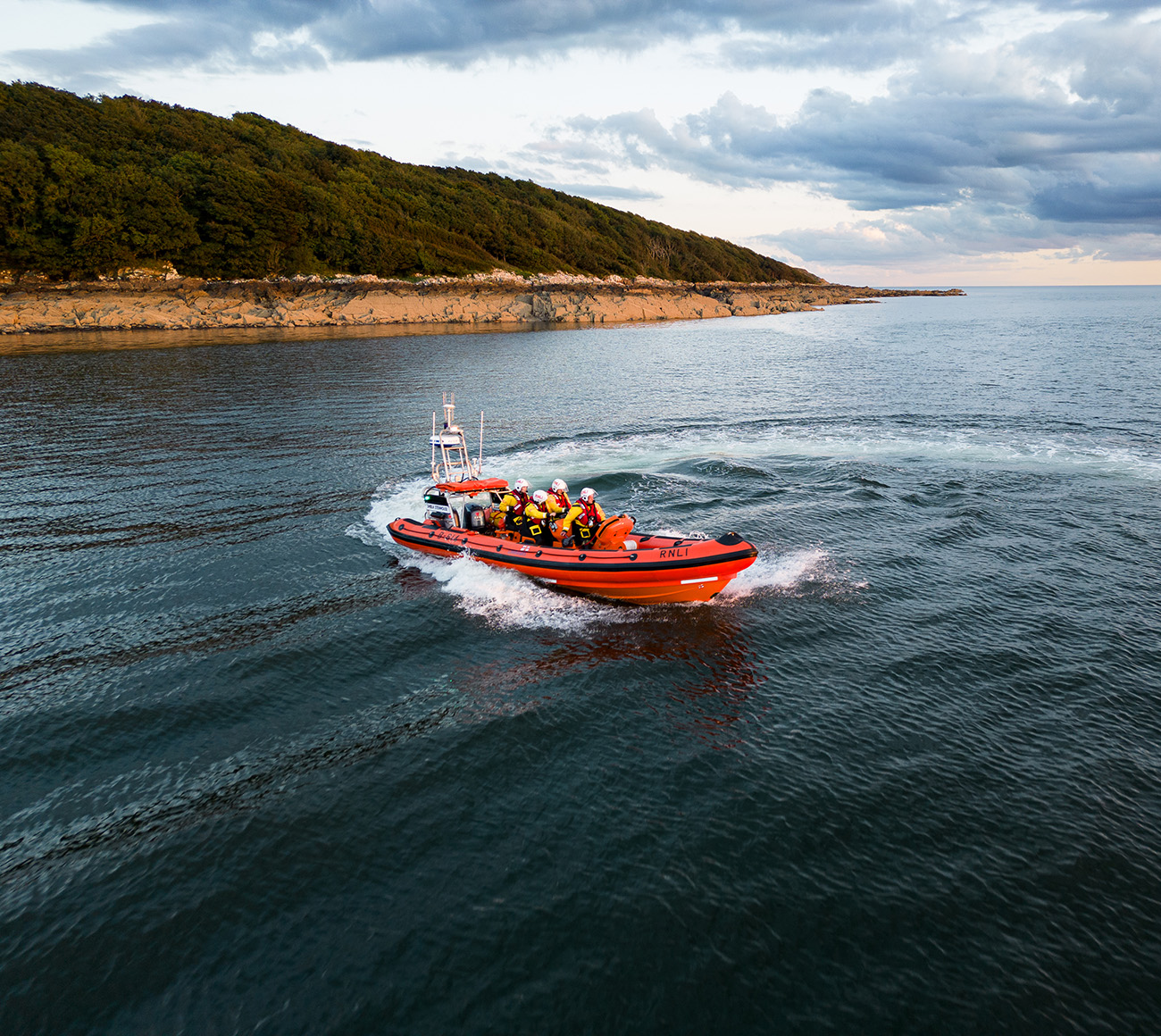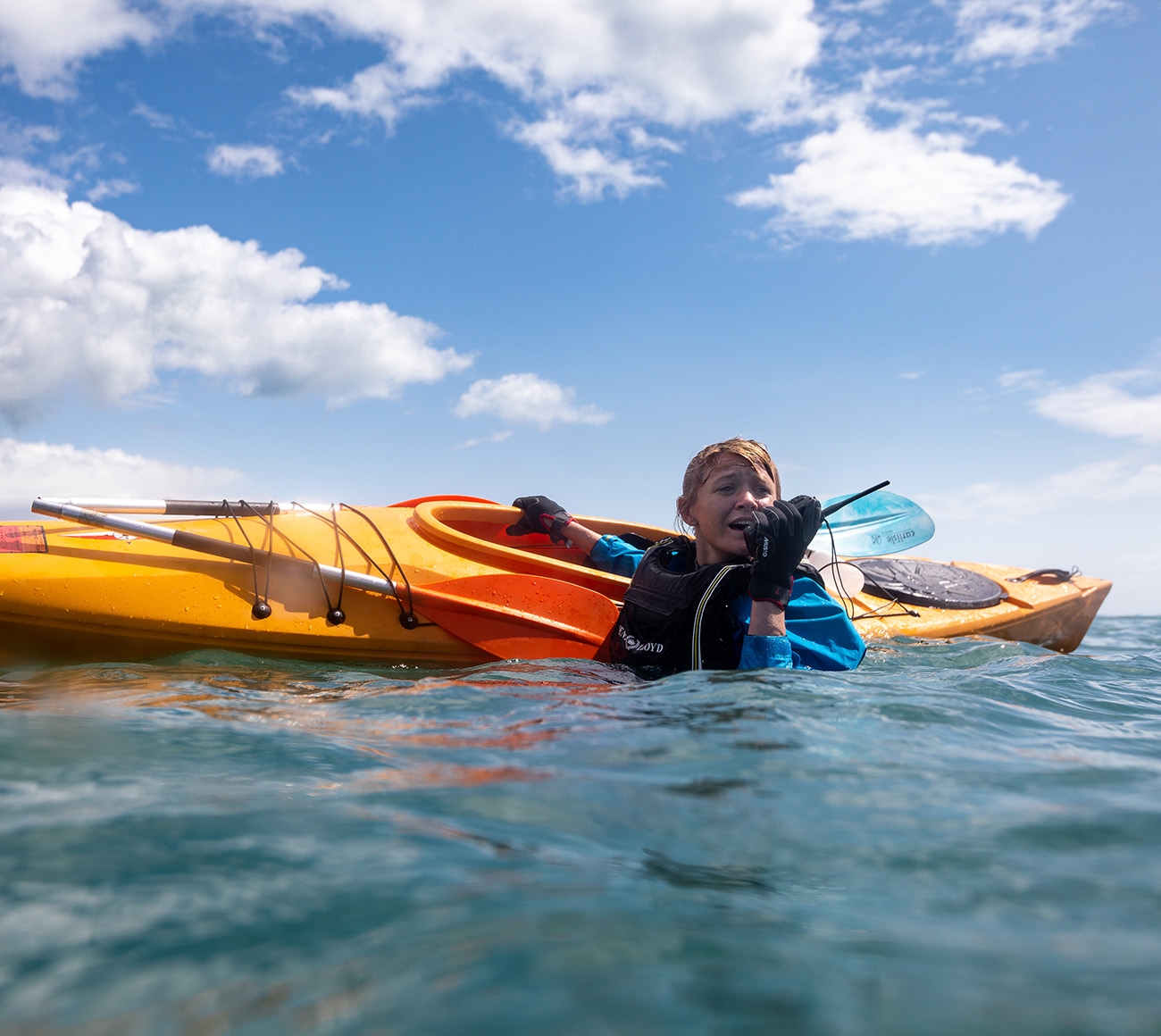
Saving Lives at Sea: Series 8 Episode 9
Discover more about the stories and stations featured in series 8 episode 9 of Saving Lives at Sea, with rescues from Carrybridge, Lymington and North Berwick.
From stranded dolphins to cows stuck in the mud, lifeboat volunteers will always answer the call for help. As Flint RNLI Helm Nathan Parry says: ‘The RNLI get involved with animal rescues mainly because all life matters. We go out and save every one we can.’ Watch heart-warming animal rescues in this video.
Carrybridge: Run over
We started this episode with the Carrybridge crew. A call came in about a man on an island who had been run over by a digger. The lifeboat volunteers didn’t hesitate to launch their B class lifeboat to the rescue.
When they arrived, they found that the man had lower leg injuries. The crew gave first aid while they waited for Sligo Coast Guard rescue helicopter to arrive and airlift him to hospital.
Lymington: Caught in lobster pot lines
Next up, we were with Lymington RNLI as they launched into as summer storm. In gale-force winds and a flooding tide, a sailing yacht was caught in a line of lobster pots. The lines were wrapped around the yacht’s anchor chain.
Lifeboat Crew Member James Douch boarded the yacht to help the solo sailor and prepare a tow rope. Meanwhile, the crew freed several of the lobster pot lines. Then they towed the yacht to safety.
It wasn’t long before the crew were needed again – another yacht nearby had engine failure and was grounded. The volunteers went back and towed this vessel to the harbour, too.
Carrybridge: Cow stuck in the mud
We were back with the crew at Carrybridge RNLI for the next rescue. This time, they were called to a cow. The lifeboat volunteers found the cow completely stuck in the mud, with most of its body submerged in the water.
After trying numerous times to move the cow with no success, the farmer arrived. He was able to set up a halter and free the cow. Once safely on the shore, the cow stood up and resumed eating grass!
North Berwick: Windsurfer in difficulty
Finally, we saw lifeboat volunteers from North Berwick RNLI launch to the rescue of a windsurfer whose mast had broken. With the wind gusting over 45mph, he was quickly drifting away from the shore.
Watch this rescue footage and see the crew pulling the windsurfer from the water in challenging conditions.
You may also enjoy the following










